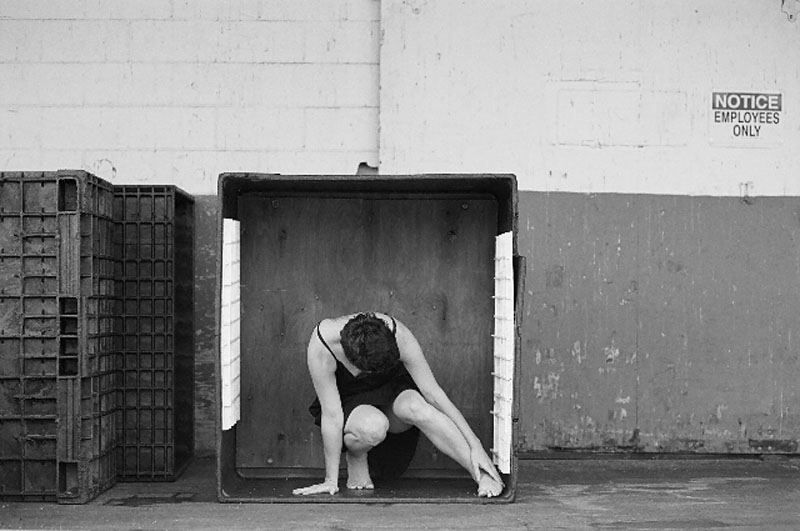Though a staff member at Cornish College of the Arts for only two years, John Cage birthed three landmark musical developments there: His first explorations in electroacoustic music, percussion-ensemble works, and prepared piano all happened in the white stucco building on Roy Street. He was there, though, not strictly as a composer, but as a pianist—progressive dance instructor Bonnie Bird had hired him to accompany her classes. In early 1939, she asked him for music for what she dubbed a “Hilarious Dance Concert”; the centerpiece would be Marriage at the Eiffel Tower, a ballet based on an absurdist scenario by French modernist and polymath Jean Cocteau. To collaborate, Cage called on two colleagues: Seattle composer George Frederick McKay (who went on to found the UW’s music department) and Henry Cowell, who worked by mail from San Quentin, where he was serving a sentence for pederasty. He sent Cage themes and Bird selected her favorites, which Cowell would then flesh out into complete pieces. Cage’s instrumentation included toy piano, siren, and a choir of whistles, and his movement titles reflected the “Hilarious” spirit: “Rubbish music” (which quotes Mendelssohn’s and Wagner’s wedding marches) and a “Massacre for piano 4 hands.” Dancing the role of The General at the March 24 premiere was Merce Cunningham. Now this ballet by committee has been reconstructed from the original manuscripts (currently in New York City and at Northwestern University) by Elena Dubinets, music advisor to the Seattle Chamber Players, who will restore it to life next week with new choreography by Paige Barnes.
Ear Supply: Dance Dance Revolution
A Cornish legend reborn.







